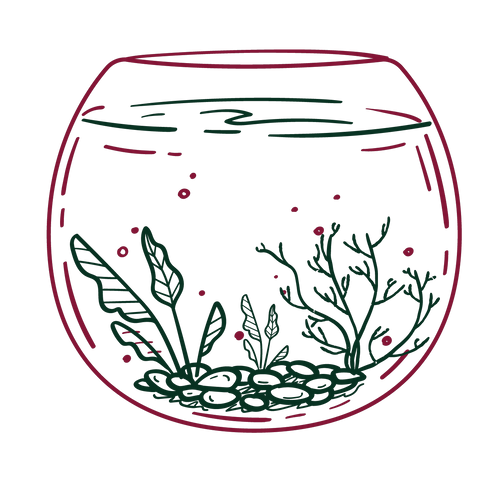Nautilus Macro
Phyto Blend
Phyto Blend
Couldn't load pickup availability
Orders are bottled and fulfilled up to 1 week from purchase. Selling 16oz bottles / 128oz (1gal) pouches of phytoplankton blend strains.
Microalgae
Nannochloropsis
One of the smallest microalgae strains available making it easy to digest for all. It is so prolific that it can even uptake nutrients in the tank making it great for dealing with heavy bioloads.
- 2-5 microns
- Nonmotile
- High in photosynthetic pigments, fatty acids, and protein
Tetraselmis
The high lipid content is important for fueling growth in marine organisms. A staple feed used in zooplankton cultivation and shellfish (clams, scallops, oysters). Capable of enhancing its nutritional profile in nutrient limited aquaria.
- 10 - 14 microns
- Motile
- High in lipids, amino acids, vitamins
- Antimicrobial properties suitable for reef infections
Isochrysis
The gold standard in live food cultivation. Its nutritional profile is essential for enriching zooplankton and rearing most larval invertebrates. The compounds it contains greatly enhance photosynthetic reactions. It can remain in the water column on its own as long as there are nutrients to consume.
- 3 - 8 microns
- Motile
- High in lipids, acids, proteins
- Rich in pigments including fucoxanthin (essential feed in photosynthetic coloration)
Thalassiosira
A beneficial diatom that can take up trace metals, excess silicates, and ammonia spikes to speed up the cycling process. Having such a large range in size makes it a great food source for filter feeders and copepods.
- 4 - 32 microns
- Nonmotile
- Variable cell size allows feed to be utilized in multiple stages of larval development
- Consumes silicates in aquaria which can accelerate the cycling process
Porphyridium
One of the few red marine microalgaes making it an exclusive source for red pigments used by filter feeders. The fatty nature of this algae can help boost immune response in marine organisms.
- 6 micron
- Nonmotile
- High in fatty acids, lipids, red pigment (phycoerythrin)
Rhodomonas
Very high in fatty acids and protein that when deprived of nitrogen become even more nutritious making it an excellent feed for cultivating copepods, brine shrimp, and rotifers.
- 4 - 7 microns
- Motile
- High in fatty acids, lipids, red pigment (phycoerythrin)
- Thrives in intense blue light which makes it ideal for reef aquaria
Symbiodinium (Zooxanthellae) A + B
The symbiotic cells that feed a coral via photosynthesis in exchange for a safe place to stay. Commonly used to enhance coloration in clams, restore bleaching in corals and anemones.
- 2 - 4 microns
- Symbiotic dinoflagellates that exist in the photosynthetic tissues of clams and cnidarians (corals, anemones, etc)
- Coral bleaching is when the zooxanthellae separates from the coral, dosing zooxanthellae can help restore lost pigments and reverse this process
Chlorella
Phaeodactylum
Strains
Strains
4 phyto blend strains -
Nannochloropsis
Tetraselmis
Isochrysis
Thalassiosira
7 phyto blend strains -
Nannochloropsis
Tetraselmis
Isochrysis
Thalassiosira
Porphyridium
Rhodomonas
Symbiodinium (Zooxanthellae)
Shipping
Shipping
Orders will take up to 1 week to fulfill. For reference, we harvest live feeders to bottle on Mondays.
Offering shipping and local pickup.
Please Contact Us for local pickup.
Shipments are sent on Tuesdays.
Share












